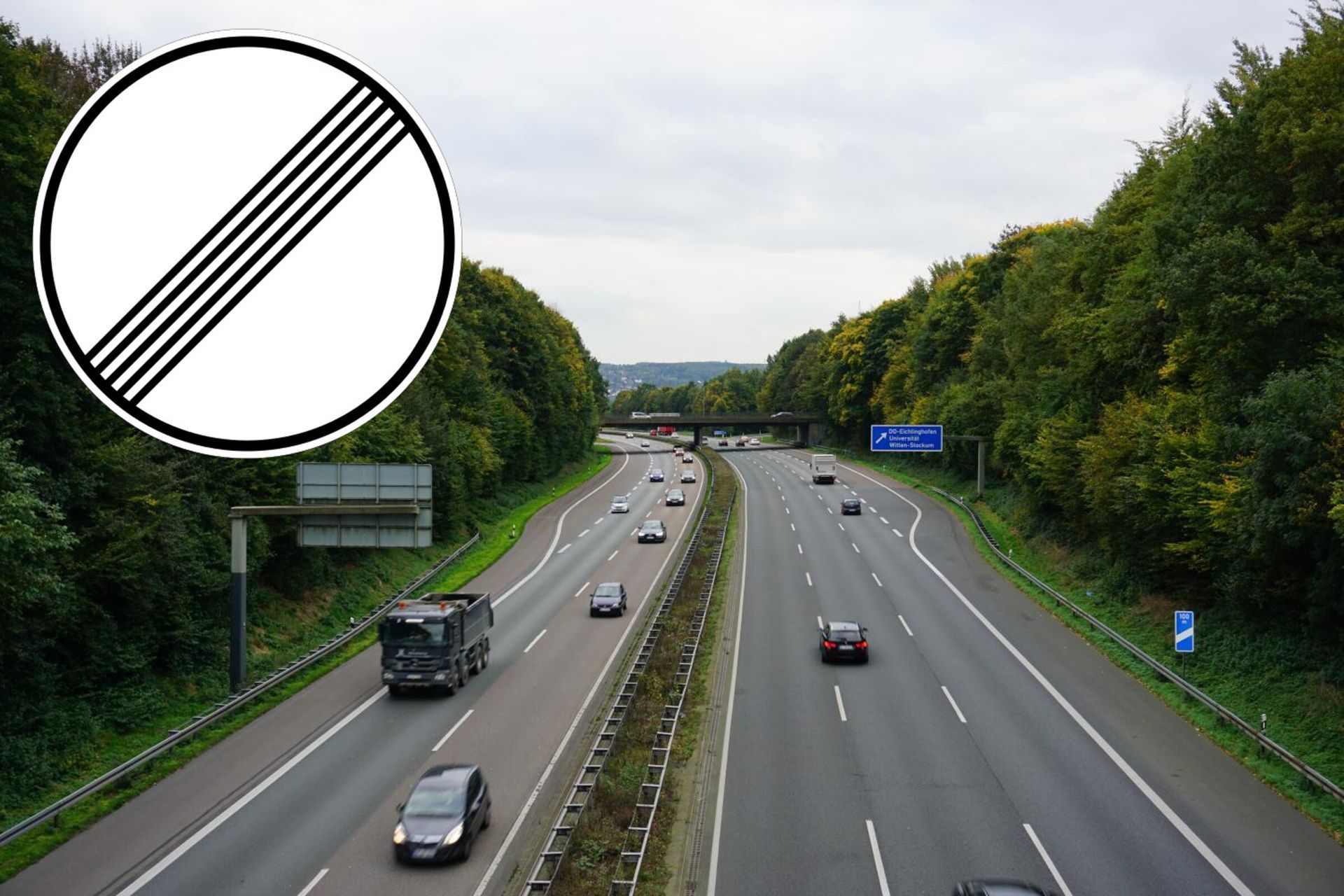Blog Layout
WILDCARD!
Anthony Attanucci • July 29, 2020
Knowing When to Use or Cut the Brakes

After getting back into the swings of things, observing athletes, and communicating with them on their recent schedules, I’m reminded of a hilarious scene from the show, “It’s Always Sunny in Philadelphia”. In the scene, the gang is driving down the road in their van when Mac frantically presses the brake pedal without a response. “Guys, why aren’t the brakes working?!”...Charlie interjects with a classic, hilarious response, “Because I cut the brakes! WILDCARD B**ches!” He jumps out of the moving van and leaves the gang in an immediate predicament... https://youtu.be/d11DS15AA7M
I’m reminded of this funny scene because it is apparent that a number of athletes and/or parents are either unaware of or choosing to ignore the basic training principle of recovery, i.e. using the brakes. There’s a reason recovery methods and products make up a MASSIVE chunk of the $94 Billion fitness industry. It’s why NHL clubs are not just hiring “strength” coaches; (strength is only one component of athletic performance) they’re hiring Sports Scientists, Performance Specialists, Massage Therapists and a whole army of personnel dedicated to player performance. Not to mention the dollars they’re investing in player monitoring systems, equipment, and analytics to gauge and ensure physical & mental readiness to perform and train throughout the year.
It comes down to needing to know when to pump the brakes and pull back on training volume & intensity or when to step on the accelerator and take advantage of a Central Nervous System that’s primed to handle an intense training or practice session. This is done through multiple methods of monitoring, scheduling, and planning. This is also a HUGE part of coaching & parenting. Having a feel for your athletes or kids, communicating with them, observing them, and making appropriate decisions based upon the available information.
If you think you can make up for lost training or playing time because of the forced time off during the pandemic, in my opinion, you are mistaken. What you CAN do is take some time to review your practice, training, eating, sleeping, and recovery schedule to make sure it is conducive to long-term performance. Days off don’t necessarily mean do nothing. Active rest, active recovery, mental training, and other sports or activities all contribute to athletic performance and a healthy lifestyle.
I wrote in a previous Back to Play article that one of the silver linings from all the time off was the potential for less players with burnout & overuse injuries, while producing better hockey games, individual performances, excitement, and healthier athletes. I’m afraid we may already need to remind everyone:
A PLAYER’S BEST ABILITY IS AVAILABILITY.
Make sure your program keeps you in the game and performing at your best.
Work hard. Train smart. Recover. Compete. Repeat.
~ Tony Attanucci
Share
Tweet
Share
Mail
More Posts



